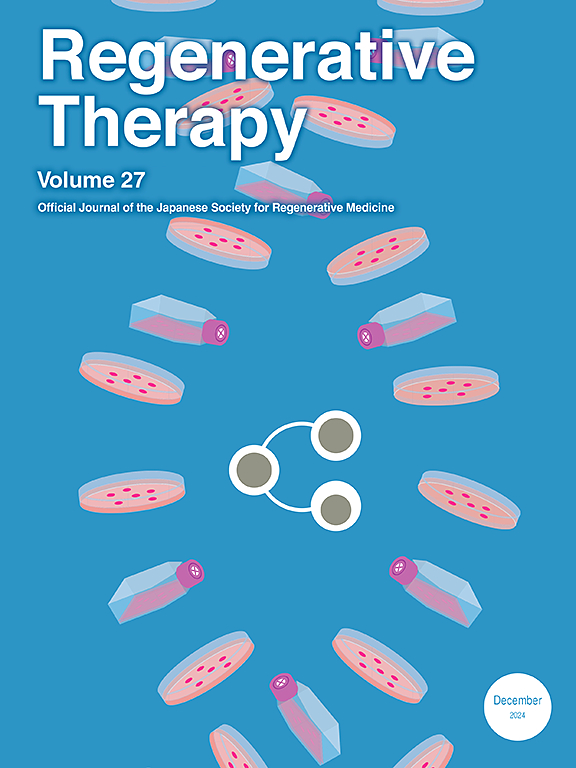Comparative gastrointestinal organoid models across species: A Zoobiquity approach for precision medicine
IF 3.4
3区 环境科学与生态学
Q3 CELL & TISSUE ENGINEERING
引用次数: 0
Abstract
Gastrointestinal (GI) health underpins systemic well-being, yet the complexity of gut physiology poses significant challenges to understanding disease mechanisms and developing effective, personalized therapies. Traditional models often fail to capture the intricate interplay between epithelial, mesenchymal, immune, and neuronal cells that govern gut homeostasis and disease. Over the past five years, advances in organoid technology have created physiologically relevant, three-dimensional GI models that replicate native tissue architecture and function. These models have revolutionized the study of autoimmune disorders, homeostatic dysfunction, and pathogen infections, such as norovirus and Salmonella, which affect millions of humans and animals globally. In this review, we explore how organoids, derived from intestinal and pluripotent stem cells, are transforming our understanding of GI development, disease etiology, and therapeutic innovation. Through the “Zoobiquity” paradigm and “One Health” framework, we highlight the integration of companion animal organoids, which provide invaluable insights into shared disease mechanisms and preclinical therapeutic development. Despite their promise, challenges remain in achieving organoid maturation, expanding immune and neuronal integration, and bridging the gap between organoid responses and in vivo outcomes. By refining these cutting-edge platforms, we can advance human and veterinary medicine alike, fostering a holistic approach to health and disease.
求助全文
约1分钟内获得全文
求助全文
来源期刊

Regenerative Therapy
Engineering-Biomedical Engineering
CiteScore
6.00
自引率
2.30%
发文量
106
审稿时长
49 days
期刊介绍:
Regenerative Therapy is the official peer-reviewed online journal of the Japanese Society for Regenerative Medicine.
Regenerative Therapy is a multidisciplinary journal that publishes original articles and reviews of basic research, clinical translation, industrial development, and regulatory issues focusing on stem cell biology, tissue engineering, and regenerative medicine.
 求助内容:
求助内容: 应助结果提醒方式:
应助结果提醒方式:


